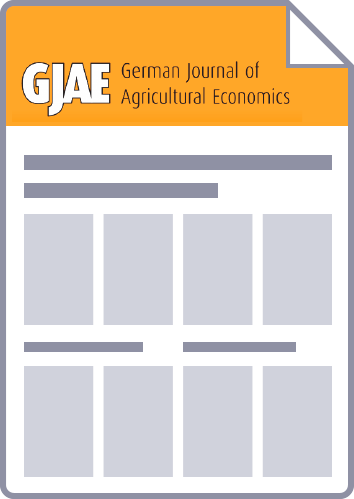In the last few decades China has made great strides in improving its food situation. The national average apparent food consumption now stands at 2830Kcal/person/day, putting China near the top of the developing countries and approaching the levels of high-income countries. The structural change in China's diet towards more livestock products has been in full swing for some time now, accompanied by rapid growth in the use of cereals as animal feed. In the mid-90s China became, albeit temporarily, a sizeable net importer of cereals at a time of scarcities and high prices on world markets. Fears were expressed that China would become a very large net importer, accentuating world scarcities and further raising prices. We argue that such fears are unfounded because (a) China will soon have passed the phase of rapid growth in its food demand, given the fairly high consumption levels already achieved and the drastic slowdown in population growth, and (b) data from the 1997 agricultural census suggest that China has significantly more agricultural land than the official data show and, hence, more potential to increase domestic production. We present projections to 2030 from the ongoing work for the latest FAO long term assessment (World Agriculture: Towards 2015 and 2030). We also present preliminary estimates of the possible impact of China's eventual accession to the WTO on cereals trade in the next five years.



